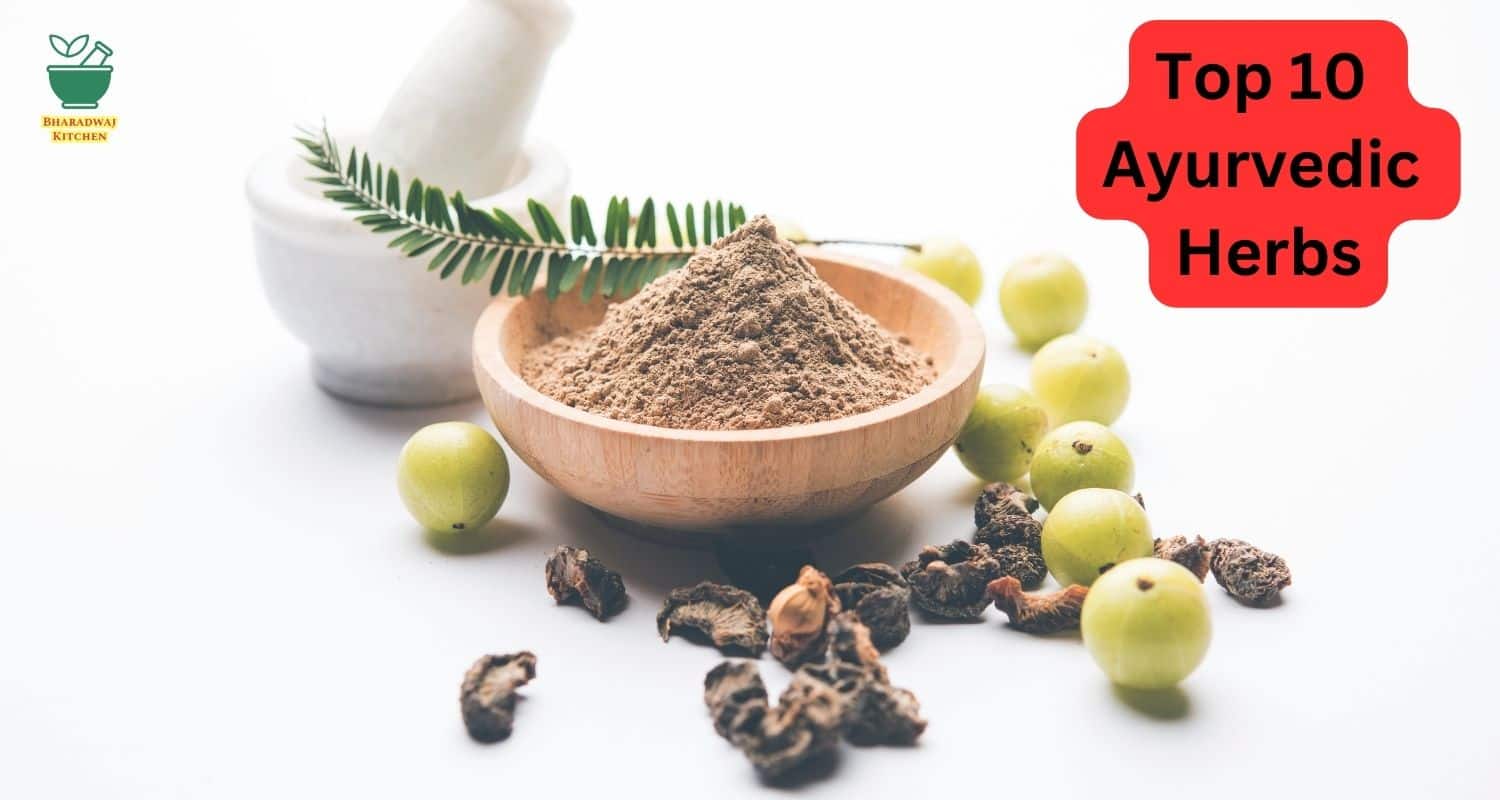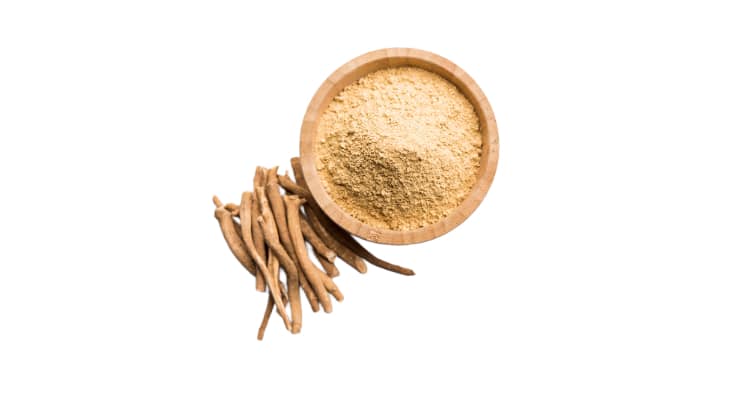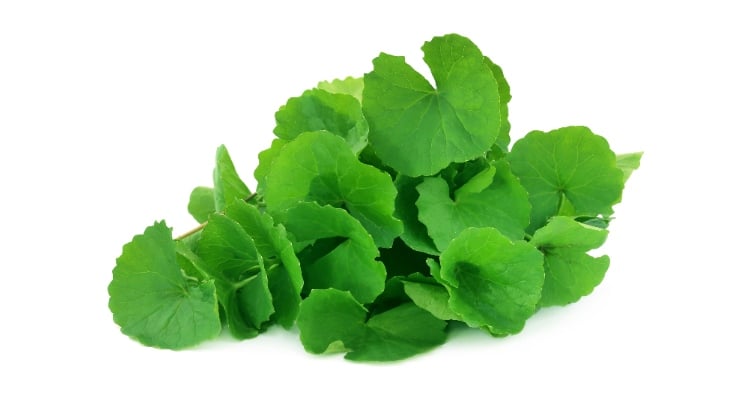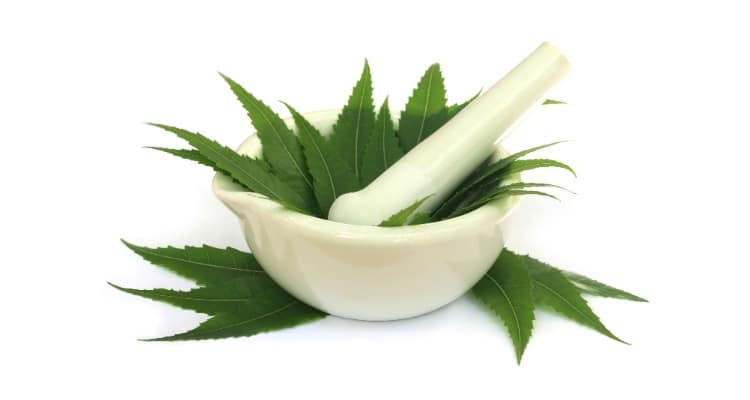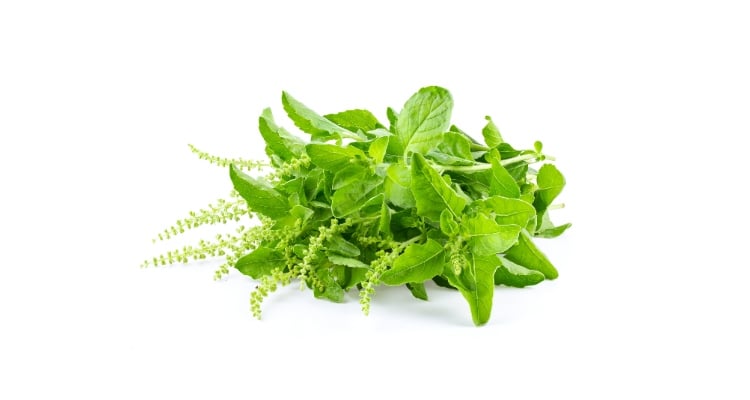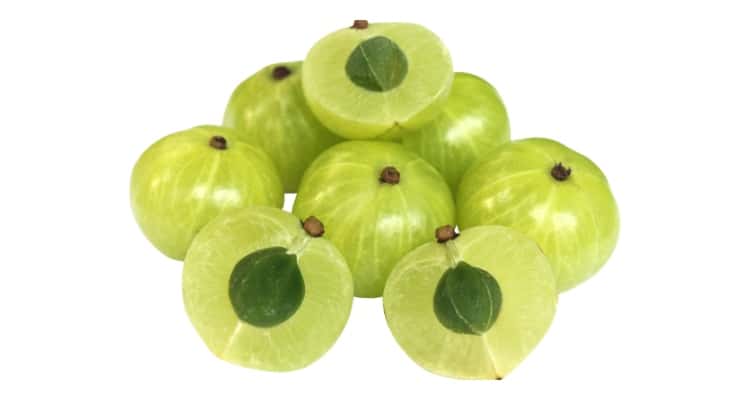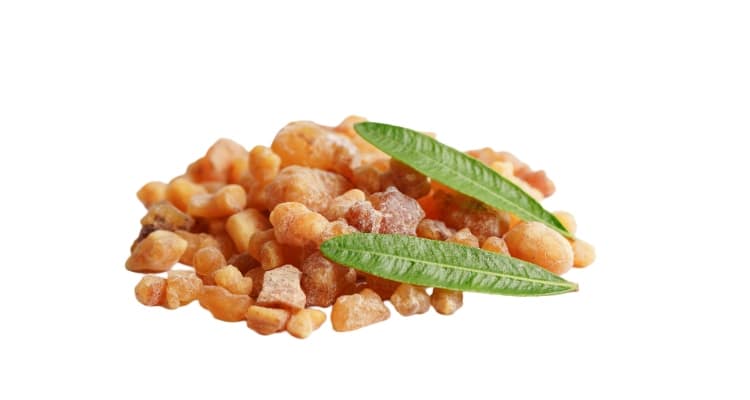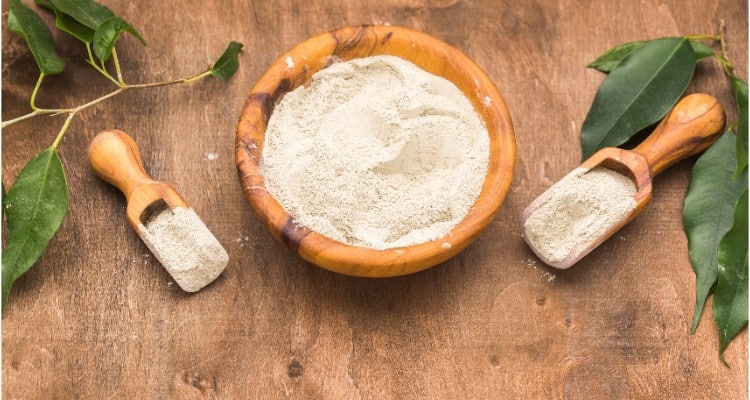Embark on a holistic health journey with Ayurveda’s wisdom. Explore the transformative benefits of top 10 Ayurvedic herbs, from turmeric’s anti-inflammatory power to ashwagandha’s rejuvenation. Unveil nature’s secrets and embrace a nourished existence, guided by ancient botanical wonders for balanced vitality and overall well-being.
Introduction: Embrace the Healing Wisdom of Ayurveda
Understanding Ayurveda: A holistic approach to health
Picture your body as a delicate ecosystem, which just like countless others in nature, must be nurtured and balanced. This is the essence of Ayurveda. It’s one of those “old but gold” concepts, originating more than 3,000 years ago in India, but resonating more than ever in today’s health-conscious society. Far from just an ancient plant classification system, Ayurveda is an intricate, holistic approach to health that considers the body, mind, and environment in unison.
Discovering the potential of Ayurvedic herbs
Healer, teacher, friend, the roles these herbs play are as diverse as their myriad of benefits. But don’t get the idea that you’re hitting the pharmacist’s aisle. These are all-natural, none pushing pills. They’re the leafy green chums and zesty aromatic pals found on sun-soaked hillsides and shadowy forest groves. Home remedies taken to a whole new level.
Role of these herbs in enhancing health and well-being
These Ayurvedic herbal allies are ready to tackle anything from a pesky cold to potentially life-altering conditions, proving synchronicity between nature and mankind. So, grab a comfy seat as we set sail on the journey of these ten titans of the Ayurvedic world!
Top 10 Ayurvedic Herbs:
1. Turmeric: The Golden Spice of Healing
Properties and Components: Unraveling the magic in Turmeric
To no surprise of any curry connoisseur, Turmeric, the golden spice, is first up. But it’s not just about vibrant colors and tongue-tingling flavors, there’s a whole lot more behind this bold little rhizome. Its main component, curcumin, an incredibly potent antioxidant makes this bad boy a cellular superhero.
Health Benefits: Turmeric’s contribution to enhancing health
Turmeric takes no prisoners when it comes to inflammation, effectively instigating peace talks between your body and irritation. It even has a knack for targeting those pesky free radicals which cause ageing (your secret weapon in the quest for eternal youth!). Some say, if it were a song, it would be “Heal the World.”
Potential Use: Ways to incorporate turmeric in daily routine
But how to get this healing gold into your daily diet? Here’s the good news: options abound! A spoonful in your morning smoothie, a sprinkle over roast veggies, a pinch in that warming evening soup. Or for the really adventurous, how about a turmeric latte? Getting healthier never tasted so good!
2. Ashwagandha: The Herb of Stamina
Core Ingredients: Introduction to the power of Ashwagandha
Next up is Ashwagandha, or as I like to call it, the “Herbal Energizer Bunny.” Buzzing with withanolides—natural steroids packed with a punch—Ashwagandha bolsters the body’s resilience.
Advantages to Health: How Ashwagandha boosts physical and mental well-being
In the face of stress, Ashwagandha steps up, keeping both your mind and body cool, calm, and collected (consider it your meditation mentor in plant form). Research even shows its potential in tackling the blues and supporting cognitive function. It’s like having a best friend who is always there for you!
Effective Implementation: Guidelines for using Ashwagandha
Sprinkle it into a steamy mug of hot cocoa, mix it into a squishy bowl of oatmeal, or blend it into a smoothie. Of course, you can also drop it straight into your mouth—no chaser needed for the brave. With Ashwagandha, boosting your well-being takes no more effort than your morning routine.
3. Triphala: The Three-Fruit Powerhouse
Composition Overview: Exploring the constituents of Triphala
Enter the dynamic trio of the Ayurvedic universe, Triphala, composed of amalaki, bibhitaki, and haritaki. Think of Triphala as that perfectly harmonized band where each member brings a unique strength, creating a synchronized symphony of health benefits.
Benefits to Health: The health-enhancing aspects of Triphala
Triphala operates like a detox task force for your digestive system, effectively sweeping up the unneeded and giving your gut flora a generous leg-up. It’s like having your very own internal Marie Kondo, sparking joy in the depths of your digestive tract.
Practical Utilization: Methods to add Triphala into your regimen
Adding Triphala to the menu can be as simple as sipping on a warm Triphala-infused tea (cozy alert!) or sprinkling some powder over your meals. Just remember, in the world of Triphala, a little goes a long way.
4. Brahmi: The Power Booster for Brain
Main elements – The science behind Brahmi
Spend a lot of time daydreaming or constantly misplacing your keys? It’s probably time to meet your new brainy-best-friend, Brahmi. Brimming with bacosides, it’s practically bubbling over with brain-boosting goodness.
Merits for Health – The role of Brahmi in cognitive enhancement
Brahmi is like a well-balanced tutor for your grey matter, aiding memory, combating stress, and promoting mental agility – so you can say adieu to forgetfulness and hello to quick-fire witty retorts.
Tips & Techniques – Recommendations for daily use of Brahmi
Drop a dollop of Brahmi ghee in your soup—or for the experimental foodie, why not add some to your homemade ice cream mixture? The adventure with this herb is just beginning. No doubt about it, your brain will thank you.
5. Neem: Nature’s Pharmacy
Constituents and Features: Understanding the essence of Neem
Given the nickname ‘Village Pharmacy’, Neem sure does have a reputation to uphold. Its many active compounds, especially Azadirachtin, pack a powerful and diverse health-promoting punch.
Positive impact on Health: Linking Neem usage and better health
From boosting the immune system to keeping your skin looking fresh and clean, Neem is like that multi-tool in your old camping kit – incredibly useful in a multitude of situations. Heck, it can even be your go-to for natural pest control – talk about all-round talent!
Usage Guidance: Steps for using Neem regularly
Sign up for the Neem train and you’re signing up for everything from Neem-leaf tea to skin-friendly Neem oil. It’s about as easy as keeping a little aloevera plant on your kitchen window sill.
6. Tulsi (Holy Basil): The Incomparable One
Core Elements: Identifying the heart of Holy Basil’s effectiveness
Time now to meet Tulsi, the ‘queen of herbs’, said to be of divine origin in Hindu mythology. Its secret lies in its essential oils, containing eugenol, camphor, flavonoids, nerol and various terpenes – Tulsi might sound like a chemistry lesson, but boy, it’s an effective one!
Health Gains: Holy Basil’s influence on wellness
Tulsi is like nature’s divine doctor, aiding the body’s defences, promoting a healthy response to stress and naturally supporting liver function. It’s a wonder-hub of wellness in leaf form, as beneficial as it is sacred.
Usage Suggestions: Integrating Tulsi in day-to-day life
Getting Tulsi’s goodness is a cinch. You could follow the traditional route and brew up a comforting, healing tea with the leaves. Or you can embrace modernity and pick up some easy-to-use Tulsi capsules. Your body’s defences will thank you for it!
7. Ginger: The Universal Medicine
Key Ingredients: Overview of Ginger’s potent components
Ginger, loaded with zesty oils like gingerols and shogaol, boasts a lineage in culinary and healing practices that rivals few others. It might be time to see past its popular powdered spice form to the root of its power (pun totally intended).
Health Benefits: How Ginger promotes overall health
With a knack for soothing upset tummies, calming inflammation, and even showing promise in managing blood sugar, ginger is as universal as it comes. Living up to its nickname, it’s like the Swiss army knife of the Ayurvedic world. It’s a deliciously spicy healer!
Effective Usage: Advice on using ginger for wellness
An essential weapon in any kitchen, ginger is as versatile as it gets. Spice up your stir-fries or throw it in your juicer to pack a healing punch in your morning beverage. Don’t ignore the wonder-spice sitting right there in your pantry.
8. Amla (Indian Gooseberry): The Reservoir of Vitamin C
Main Components: Laying out the rich makeup of Amla
If a tree were the Ayurvedic world, Amla might just be the solid trunk supporting all those delightful leaves. Packed full of Vitamin C, tannins, polyphenols, flavonoids, kaempferol, ellagic acid and gallic acid, Amla is nature’s little multivitamin.
Positive Health Effects: Amla’s role in well-being
From improving digestion to enhancing hair health and even lending a helping hand to heart function, Amla’s your guy. It’s the ‘Hercules’ of Ayurvedic herbs, but without the bulging biceps and ironically much, much stronger!
Guidelines for Usage: Recommendations for leveraging Amla’s benefits
A cup of amla juice is a great wake-up call for the morning. But if the tart taste gets you squirming, try drying and powdering the fruit for a tangy seasoning on your meals. Amla’s got both the zing and the zest to spice up your life.
9. Guggul: The Definitive Detoxifier
Essential Elements: Breaking down Guggul’s ingredients
As aromatic as it is powerful, Guggul is a resin sourced from the Mukul Myrrh tree. It can kind of, sort of make you think of unicorns, or at least the magical healing powers associated with them. There’s no getting around it, Guggulsterone, its active ingredient, is some sort of wizardry.
Health Advantages: Health improvements with Guggul use
Like a dedicated concierge, Guggul has got your back (and your heart, and your bones…). Revered for its detoxifying effects, it can also help maintain healthy lipid levels and keep inflammation in check. A dab of Guggul-based incense may make your living room smell divine, but its real benefits go way deeper!
Implementation Advice: Tips for incorporating Guggul
Making Guggul their own, lots of people take it in capsule form for convenience. Or, for those with a DIY spirit, you can steep raw Guggul in hot water for an unconventional, cleansing tea.
10. Shatavari: The Ayurvedic Crown Jewel
Primal Components: Understanding what makes Shatavari potent
Shatavari, commonly known as wild asparagus, is described in Ayurveda as ‘a woman who has a hundred husbands,’ making it the botanical equivalent of the ultimate multitasker. Rich in saponins, flavonoids, and alkaloids, it conjures a therapeutic trifecta that would give any superfood a run for its money.
Health Effects: Shatavari’s impact on well-being
From supporting females during various stages of their life cycle to enhancing overall vitality, Shatavari has got a lock on promoting wellness. It’s the sassy best friend everyone wishes they had around!
Usage Instructions: Suggestions for effective use of Shatavari
A spoonful of Shatavari powder in a glass of hot milk before bed works wonders. Alternatively, embrace its natural goodness in a Shatavari tea or juice. Remember, Shatavari is all about empowerment and balance—just like your health should be.
Conclusion: Embarking on the Journey of Ayurvedic Wellness
Recap of the key points discussed
Our journey through these Ayurvedic powerhouses has felt like hopping along stepping stones across a vibrant, healthful river. Each herb—turmeric, ashwagandha, triphala, brahmi, neem, tulsi, ginger, amla, guggul, and shatavari—offers unique, potent benefits, reminding us that nature has bestowed upon us all that we need to flourish.
Sustaining good health with these top 10 Ayurvedic herbs
These Ayurvedic herbs are not just plants—they’re allies in bolstering a sturdy shield of health. Every pinch, sprig and scoop can be seen as building blocks, laying the foundations to a wellness skyscraper.
Encouraging the reader to explore and incorporate Ayurveda
The call here is simple: Embrace these Ayurvedic gems, explore, experiment, and make them an integral part of your journey to wellness. No pressure, but the secrets to better health just got spilled.
Frequently Asked Questions: Addressing common inquiries related to Ayurvedic Herbs
People can sport raised eyebrows or don a questioning look about Ayurvedic herbs. Can I mix two herbs? Too much of a good thing? What’s the best time to take these herbs? To that, I say embrace your inquisitiveness! Let’s delve into these, shall we?
Debunking misconceptions
Oh, the myths circling Ayurvedic herbs! One that crops up a lot? “All herbs are good for everybody, right?” Wrong. Just like you don’t lump all humans into one category, not all herbs suit all bodies. Another myth to bust—herbs are slow to act. Au contraire, Ayurvedic herbs, when used correctly, don’t dilly-dally.
Practical guidance for beginners experiencing Ayurvedic treatments
To all you Ayurvedic newbies out there, remember it’s all about balance and what works for you personally. Start slow, listen to your body and then let the healing wonders of Ayurveda work their magic. And hey, give yourself a pat on the back for embarking on this beautifully natural path to wellness!
